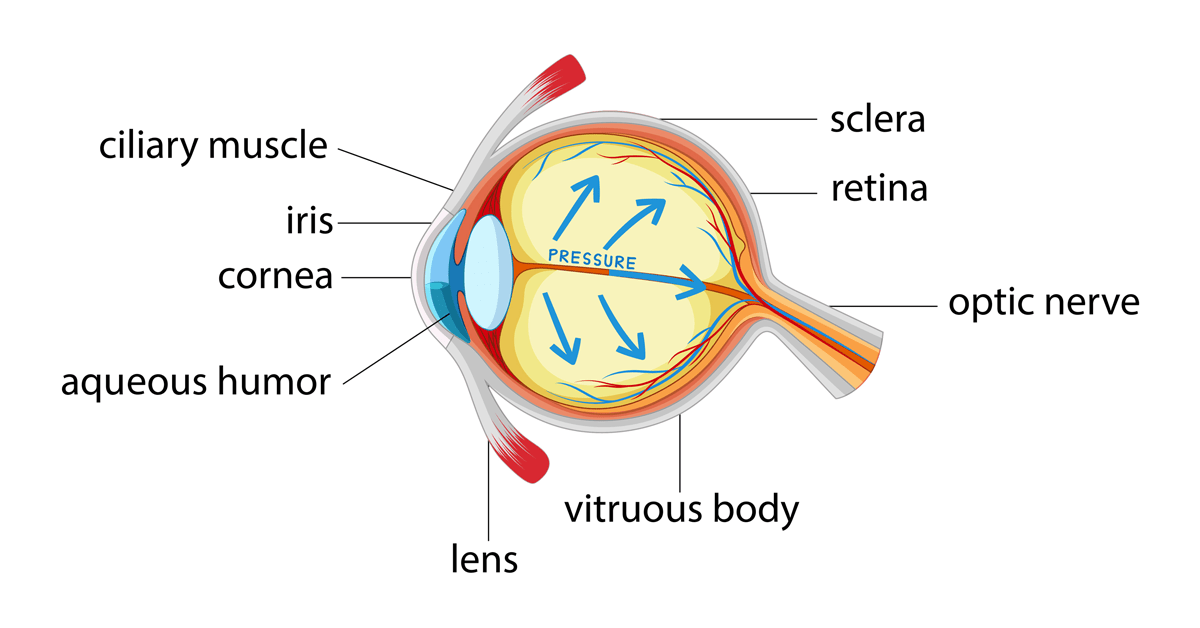Relied on Eyecare Near Me: Your Guide to Keeping Healthy And Balanced Vision
Relied on Eyecare Near Me: Your Guide to Keeping Healthy And Balanced Vision
Blog Article
Understanding the Different Vision Correction Procedures Available for Clearer Sight
In the world of vision correction procedures, a wide range of choices exist to address refractive mistakes and provide people with more clear sight. From the extensively recognized LASIK surgical treatment to much less intrusive procedures like PRK and implantable lenses, the field of ophthalmology uses a variety of techniques customized to match different demands and choices. Each treatment comes with its own set of factors to consider, benefits, and prospective dangers. Recognizing the nuances of these vision adjustment techniques is essential for making educated choices about one's visual health. Let's check out the intricacies of these procedures and lost light on the course to accomplishing enhanced vision clearness.
LASIK Surgical Treatment
LASIK surgery is a common refractive treatment utilized to correct vision problems such as farsightedness, nearsightedness, and astigmatism. This medical method, which stands for Laser-Assisted in Situ Keratomileusis, intends to reshape the cornea to boost exactly how light is concentrated on the retina, eventually enhancing vision clearness.
One of the key benefits of LASIK surgical procedure is the quick renovation in vision experienced by clients. On the whole, LASIK surgical treatment is a prominent option for people seeking a long-lasting solution for their vision troubles.
PRK Treatment
While also a typical refractive procedure, the PRK (Photorefractive Keratectomy) technique varies from LASIK surgical treatment in its technique to correcting vision issues. In PRK, rather of developing a flap on the cornea, the outer layer of the cornea, called the epithelium, is completely removed. This permits the laser to improve the cornea to fix refractive errors such as farsightedness, nearsightedness, and astigmatism straight on the surface.

In spite of the longer recovery time, PRK can generate outstanding lead to vision renovation, making it a beneficial option for those who might not appropriate prospects for LASIK surgery.
Implantable Lenses
In contrast to PRK where the cornea is reshaped straight, implantable lenses offer an additional technique for correcting vision by placing synthetic lenses inside the eye. This procedure is particularly valuable for people with high levels of astigmatism, farsightedness, or nearsightedness who may not appropriate prospects for laser surgical procedures like LASIK or PRK.
Implantable lenses, likewise called phakic intraocular lenses, work by supplementing the eye's all-natural lens with a man-made one. refractive surgeries in al. These lenses can be positioned before the natural lens (anterior chamber) or behind the iris and in front of the all-natural lens (posterior chamber) By adjusting the power and positioning of these lenses, eye doctors can properly correct refractive errors and enhance visual acuity
One advantage of implantable lenses is that they are removable and exchangeable, offering versatility for future changes. Nevertheless, just like any surgery, this page there are risks involved, such as infection or cataract development. Patients considering implantable lenses ought to talk to an eye treatment specialist to establish one of the most ideal choice based on their individual demands and eye health.
Corneal Rings
Corneal rings, also called intracorneal ring sectors, are small, transparent devices inserted into the cornea to fix vision distortions such as keratoconus. Keratoconus is a condition where the cornea thins and protrudes external, causing vision to come to be altered. The insertion of corneal rings helps to squash the cornea, improving visual acuity and decreasing the uneven astigmatism triggered by keratoconus.
The treatment for putting corneal rings is reasonably fast and minimally intrusive, typically carried out as an outpatient treatment. During the surgery, the eye doctor makes a small incision in the cornea and inserts the rings at a particular deepness. As soon as in position, the rings assist to improve the cornea, providing a smoother surface for additional resources light to go into the eye, which can cause more clear vision.
Corneal rings are taken into consideration a reversible procedure, as they can be gotten rid of or changed if needed. retina service near me. While they might not totally get rid of the requirement for glasses or contact lenses, corneal rings can considerably boost vision high quality and general aesthetic comfort for individuals with keratoconus or various other corneal irregularities
Refractive Lens Exchange
Following the modification visit of corneal abnormalities with procedures like corneal rings, one more vision adjustment strategy that can attend to refractive mistakes is Refractive Lens Exchange (RLE) RLE is a medical procedure that includes changing the eye's all-natural lens with a fabricated intraocular lens (IOL) to fix refractive errors such as presbyopia, nearsightedness, and farsightedness. This treatment is especially beneficial for individuals who may not appropriate prospects for procedures like LASIK or PRK due to variables such as thin corneas or high refractive errors.

Verdict
In final thought, there are various vision adjustment treatments offered to help people accomplish clearer sight. LASIK surgery, PRK treatment, implantable lenses, corneal rings, and refractive lens exchange are all choices that can deal with various vision issues.
In the world of vision correction treatments, a plethora of options exist to resolve refractive mistakes and supply people with more clear sight.LASIK surgical procedure is a typical refractive procedure utilized to deal with vision issues such as nearsightedness, farsightedness, and astigmatism.While likewise an usual refractive treatment, the PRK (Photorefractive Keratectomy) strategy differs from LASIK surgery in its technique to remedying vision problems.Following the modification of corneal abnormalities with treatments like corneal rings, another vision correction technique that can address refractive errors is Refractive Lens Exchange (RLE) LASIK surgical treatment, PRK procedure, implantable lenses, corneal rings, and refractive lens exchange are all choices that can address different vision concerns.
Report this page